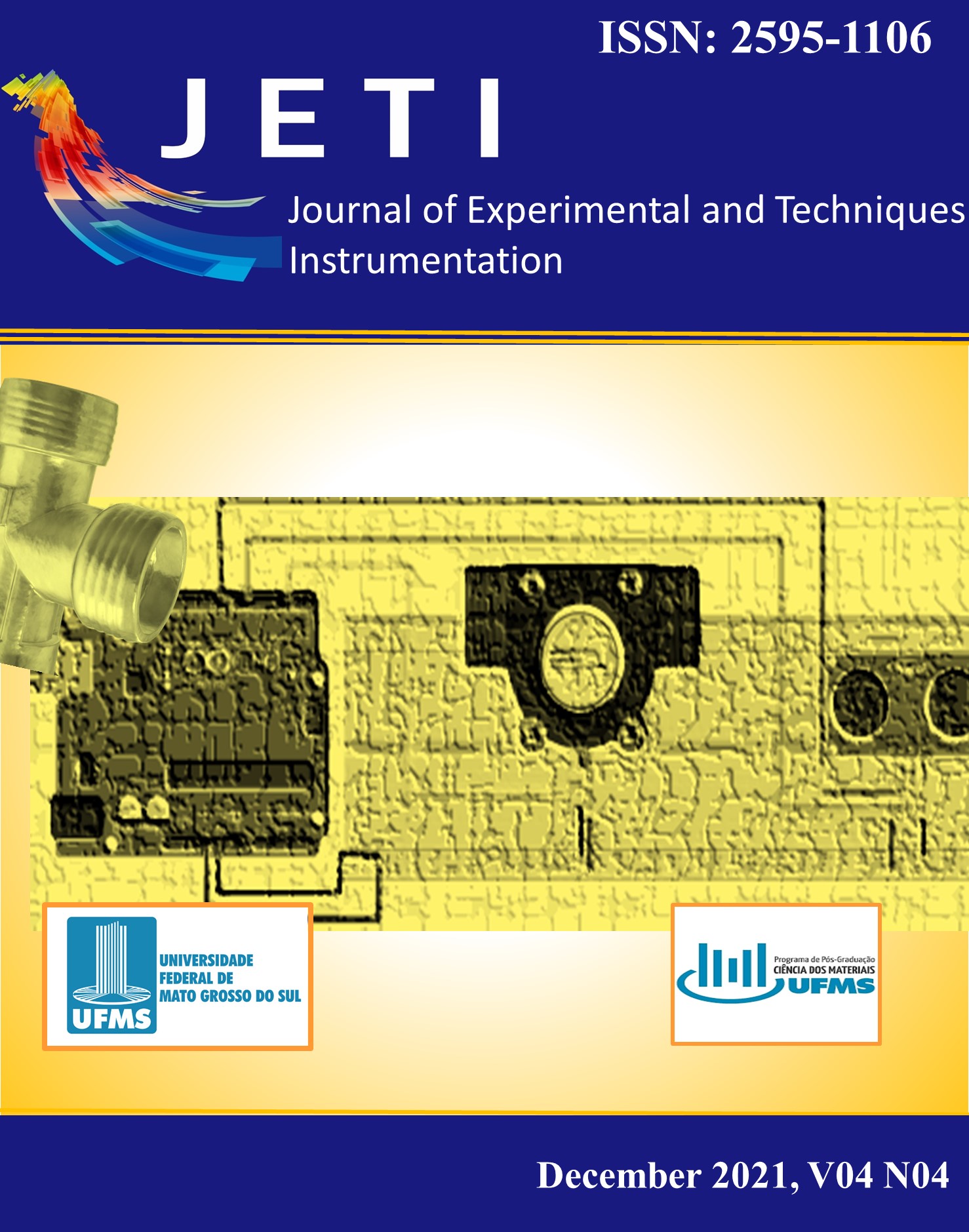Interações químicas entre monômero e molécula molde em polímeros com impressão molecular, o EGDMA: 2-VP (4: 1) - estudo de caso MIP lumefantrina
Abstract
Molecularly Imprinted Polymers (MIP) are synthetic materials used as a tool to enhance the selectivity in different analytical approaches, such as solid-phase extraction, chromatography, and sensing devices. Knowing the mechanism involved in the interaction between the template and monomer is essential for a further successful application. However, studies on this topic are scarce. This work evaluates the involved mechanisms in the template-monomer interaction for a lumefantrine MIP system, an antimalarial drug. Field-emission gun scanning electron microscopy, thermal analysis, X-ray diffraction, and density functional theory were applied to determine the mechanism involved in two MIPs obtained in different conditions. A new parameter, named Molecularly Imprinting Factor (MIF), was proposed to evaluate the contribution of specific interactions in the sorption of the analyte by the MIP structure. MIF allows direct insights into specific binding, non-specific contributions, interaction nature, behavior predictability, system acid-base behavior, pre-screening pairs capability, and binding site affinities evaluation. Two interaction types were observed, covalent and non-covalent, when methacrylic acid and 2-vinyl pyridine were used as monomers, respectively. Therefore, the use of methacrylic acid formed a sorbent inappropriate for solid-phase extraction since the binding is not reversible. On the other hand, 2-vinyl pyridine-lumefantrine binding was reversible, and MIF = 0.59 (59.02% of specific site sorption) indicates that the predominant mechanism in the sorption is specific.
The Articles do not require transfer of copyright as the copyright remains with the author. In confirming the publication of your article with open access you agree to the Creative Commons Attribution License.




